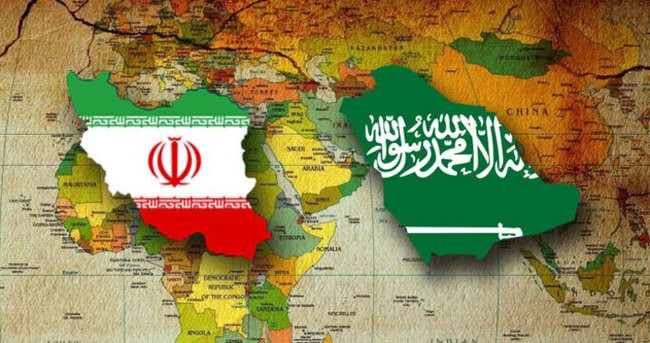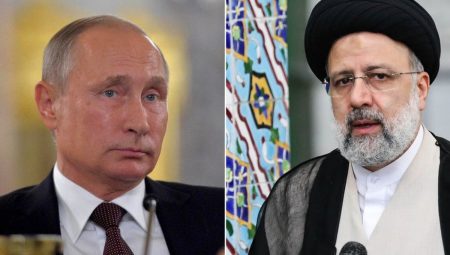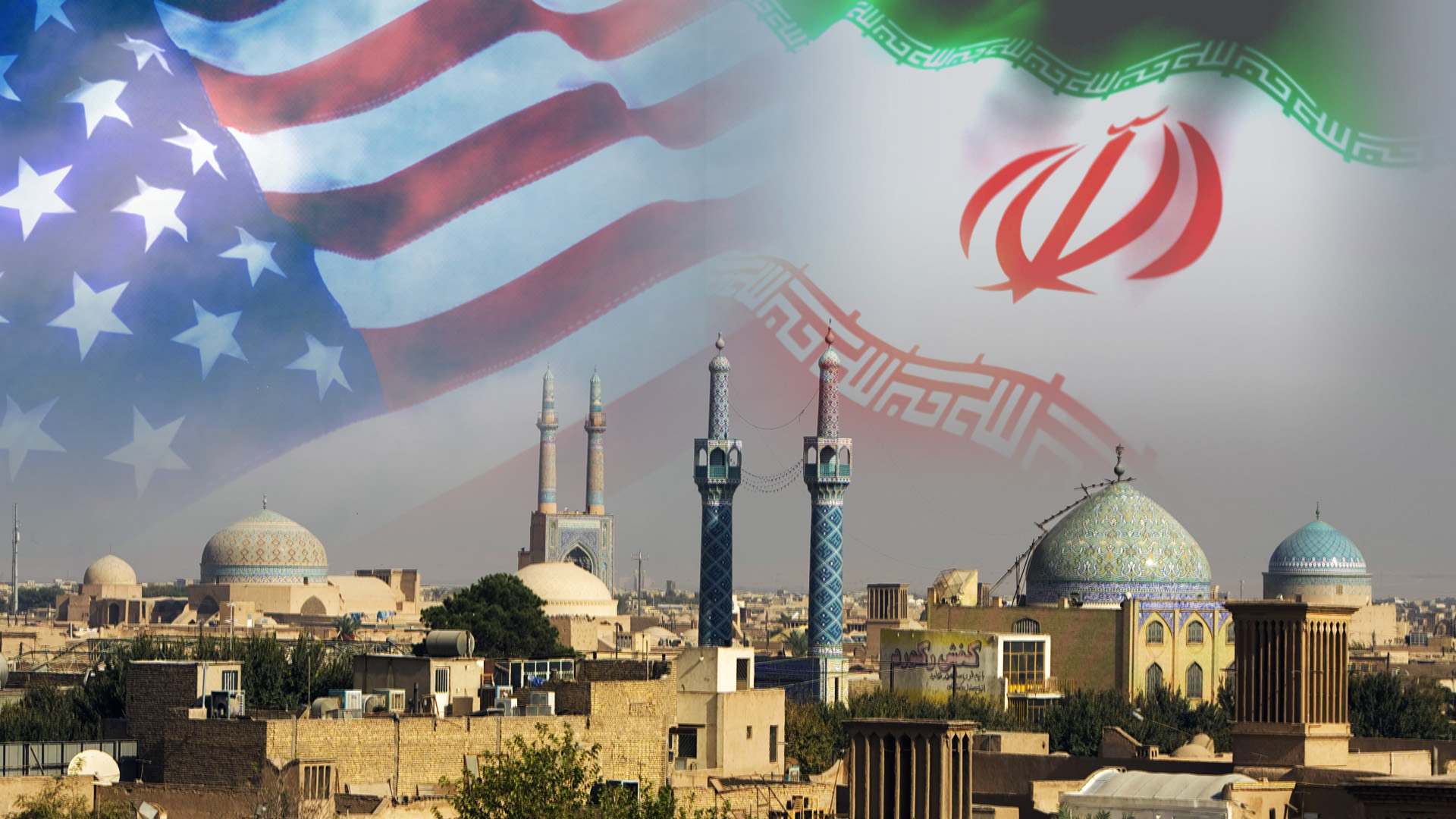Iran and Kingdom Saudi as the most important Shiite and Sunni countries in the Islamic world, are two main pillars of the balance of power in the Middle East. On March 10, 2023, China mediated an agreement between Iran and Saudi Arabia to normalize diplomatic relations has led to reopen of the embassies after seven years in Tehran and Riyadh. There is no doubt that this event is considered one of the most important diplomatic developments in the Middle East in 2023. But how much can we hope for this process? What is the prospect of relations between two important regional powers in the Middle East? If we want to answer these key questions in a realistic approach, one should acknowledge that these countries are facing a very difficult and complicated process.
On one hand, there are positive signs. The foreign ministers of the two countries visited Tehran and Riyadh after many years. The embassies were reopened after seven years and in this regard, Alireza Enayati, Iranian newly-appointed ambassador to Saudi Arabia has begun his mission in the country on September 5, 2023 and at the same day, Abdullah bin Saud al-Anzi, Saudi Arabia ambassador to Iran arrived in Tehran. King Salman bin Abdulaziz has invited the President of Iran, Ebrahim Raisi, to visit Riyadh and the planning of this official visit is on the agenda of the two countries. Indeed, the Iranian and Saudi Arabian football federations have reached an agreement on August 21, 2023 to resume hosting each other’s teams as part of bilateral games after years of organizing those matches in other countries.
Furthermore, “the United Nations Secretary-General António Guterres is organizing an eight country regional forum in New York in September on the sidelines of the United Nations General Assembly, bringing together all member states of the Gulf Cooperation Council (GCC) – Bahrain, Kuwait, Oman, Qatar, Saudi Arabia, and the United Arab Emirates – alongside Iran and Iraq”. This meeting is actually the fulfillment of the old model of 6+2, which has not been implemented since the end of the Iran-Iraq war in 1988. In the latest important development, Iran’s Foreign Minister Hossein Amir-Abdollahian in a joint press conference with his Turkish counterpart Hakan Fidan in Tehran on September 3, 2023, announced, “Iran, Saudi Arabia, and Türkiye welcome a summit on improving economic and commercial relations of cooperation and joint investment”. If this tripartite mechanism is formed, it will be the first joint cooperation between three regional powers in the Middle East. Finally, Iran’s full membership in the Shanghai Cooperation Organization (SCO) and Saudi Arabia’s accession to this organization as a “dialogue partner”, along with the membership of both countries in BRICS, show the relative alignment of Tehran and Riyadh in close proximity to China and Russia.
But on the other hand, there are serious signs of continuing differences and challenges between Tehran and Riyadh after the normalization of relations in March 2023. Iraq, Syria, Yemen, and Bahrain are still the four areas of disagreement between the goals and interests of Iran and Saudi Arabia; although the intensity of contradictions and differences has been reduced. Differences between Tehran and Riyadh in the Persian Gulf, especially in the field of maritime security and shipping, still remain. On June 3, 2023, Rear Admiral Shahram Irani, Commander of the Iranian Navy, stated that “several regional countries, including Iran and Saudi Arabia, will form a new naval coalition in the northern parts of the Indian Ocean”.
However, not only Saudi Arabia dismissed Iranian claims of naval alliance, but also on August 29, 2023, “for the first time since resuming diplomatic relations with Iran, the Kingdom of Saudi Arabia has taken command of two coalitions, maritime task forces in the [Persian] Gulf: Combined Task Force 152 and Coalition Task Force Sentinel”. The mission of this coalition under the leadership of the United States is to counter Iran’s actions in the Persian Gulf and the Sea of Oman and the Strait of Hormuz and to establish “free commercial shipping security” in the region. The United States formed this naval coalition in November 2018 during the Trump administration in order to confront Iran, six months after her government unilaterally withdrew from the nuclear deal with Iran in May 2018 and imposed sweeping sanctions against the country.
The disputes of Saudi Arabia and Kuwait with Iran for the ownership of the Arash/ Dorra gas field is another example of the continuation of disputes between Tehran and Riyadh in the Persian Gulf. Ten days after the agreement between Iran and Saudi Arabia was announced in China on March 10, 2023, Kuwait’s and Saudi Arabia’s energy ministers signed an agreement to develop this gas field on March 21, 2023. While two countries emphasized on their “exclusive rights” for the ownership of the Arash/ Dorra gas field, Iran slammed this “illegal” agreement.
The continued support of the Gulf Cooperation Council (GCC), led by Saudi Arabia, to the claim of the United Arab Emirates to the ownership of the three islands of Abu Musa, Greater Tunb, and Lesser Tunb in the Persian Gulf still represents one of the serious disputes. In particular, after the normalization of relations between Iran and Saudi Arabia, Joint Statement of the 6th Russia – GCC Joint Ministerial Meeting for Strategic Dialogue in Moscow on July 12, 2023, as well as the third Japan-Arab Political Dialogue in Cairo on September 5, 2023 regarding the three islands caused Iran to protest. In fact, Iran expects that in the atmosphere after the normalization of relations with Saudi Arabia, Riyadh will be able to prevent new disputes and tensions with its influence in Arab countries.
But beyond the aforementioned issues, two external factors, including Israel and the United States, have a very important impact on the quality and future of relations between Tehran and Riyadh. On one hand, the normalization of relations between Iran and Saudi Arabia can be a prelude to Riyadh’s efforts to normalize relations with Israel. Although Israel and Saudi Arabia have a very difficult and complicated path ahead, but if this process is realized, a very big change will happen in the Arab and Islamic world, which can lead to more Iran alone in confronting Israel. If the discontinuation of diplomatic relations between Iran and Saudi Arabia continued, it was expected that Tehran would react strongly to this process. However, after the normalization of relations, Tehran’s reaction is not expected to be very strong. There is no doubt that the normalization of relations between Saudi Arabia and Israel will have a negative impact on the prospects and quality of the development of relations between Tehran and Riyadh.
Yet, regarding the United States, the victory of the Republicans, especially Donald Trump, in the 2024 presidential election can greatly affect the process of normalizing relations between Tehran and Riyadh. There is no doubt that the relative coldness of Riyadh’s relations with Washington during the Joe Biden administration played a very important role in Saudi Arabia’s proximity to Iran, Russia, and China. Therefore, the victory of the Republicans can once again bring closer the relations between Saudi Arabia and the United States, which can have very important consequences, including the realignment of Riyadh and Washington in opposition to the JCPOA, Iran’s missile programs, security arrangements in the Persian Gulf, and on factions that support Iran in Iraq, Syria, Lebanon, Palestine, and Yemen.
Therefore, in general, the agreement to normalize relations between Iran and Saudi Arabia is a very fragile agreement, which is likely to weaken or even collapse according to bilateral disputes and regional and international factors. In these circumstances, the prospect of economic, trade and commercial cooperation between Iran and Saudi Arabia also seems difficult. Before the termination of relations following attack on the Saudi diplomatic missions in Iran on 2 January 2016, the volume of trade between the two countries was in the range of $ 250 million dollars. But after seven years of breaking diplomatic relations, the officials of the two countries are optimistic about the development of economic and trade relations.
For example, the Iranian minister of economic affairs Ehsan Khandouzi and finance said “Tehran aims to raise annual trade with Riyadh to $1 billion in the first step of resuming economic ties”. Indeed, Farzad Piltan, West Asia director at Iran’s Trade Promotion Organization, said “Tehran eyes $1 billion in trade with Saudi Arabia, which he said can further expand to $2 billion with a focus on steel, saffron, carpets, cement and dried fruit”. On the other hand, Saudi Arabia’s Finance Minister Mohammed Al-Jadaan said “Saudi investments into Iran could happen ‘very quickly’ following an agreement to restore diplomatic ties”.
But in a realistic approach, the US embargo against Iran is a serious obstacle for banking, business and commercial cooperation between Iran and Saudi Arabia. Generally, “to deal with foreign partners for normal buying and selling of goods, they need to be able to open letters of credit (LC), but this remains very difficult amid the exclusion of Iranian banks from SWIFT. Iran also remains on the blacklist of the Financial Action Task Force, alongside Myanmar and North Korea”. It is obvious that these obstacles and challenges prevent the large-scale investment of Saudi Arabia in Iran’s economy and the cooperation of large Saudi companies with Iran. Indeed, “amid concerns that U.S. sanctions on Iran could be tightened further, especially if Donald Trump wins the 2024 presidential election, many countries remain hesitant about the risks of financial, banking and investment cooperation with Iran, whether bilaterally or through multilateral groupings such as BRICS or Shanghai Cooperation Organization (SCO)”.
In such circumstances, maybe Iran and Saudi Arabia can focus their commercial cooperation on the “food and pharmaceutical industries”, which is excluded from the US unilateral sanctions against Iran. “Barter” or financial exchange based on “national currencies” can be another practical and limited way in the banking, commercial and commercial relations between Iran and Saudi Arabia. Small steps have been taken after the normalization of relations including exporting $14 million worth of steel to Saudi Arabia, but we have to wait and observe how the commercial relations between Iran and Saudi Arabia will actually develop in practice.
Perhaps beyond this, the two countries can form a new cooperation in larger areas such as the International North-South Transit Corridor (INSTC). In this regard, on August 28, 2023, “the first Russian train carrying commercial goods has arrived in Iran, on its way to the Kingdom of Saudi Arabia, on a journey that is the first of its kind through Iranian territory. The transits cargo entered Iran through the Incheh-Boroun border crossing with Turkmenistan, heading to Bandar Abbas in the south to be shipped to Saudi Arabia”. It seems that considering Russia’s transit restrictions after the Ukraine war, as well as the development of Moscow’s relations with Iran and Saudi Arabia, the INSTC can form a tripartite cooperation between Moscow-Tehran-Riyadh.





